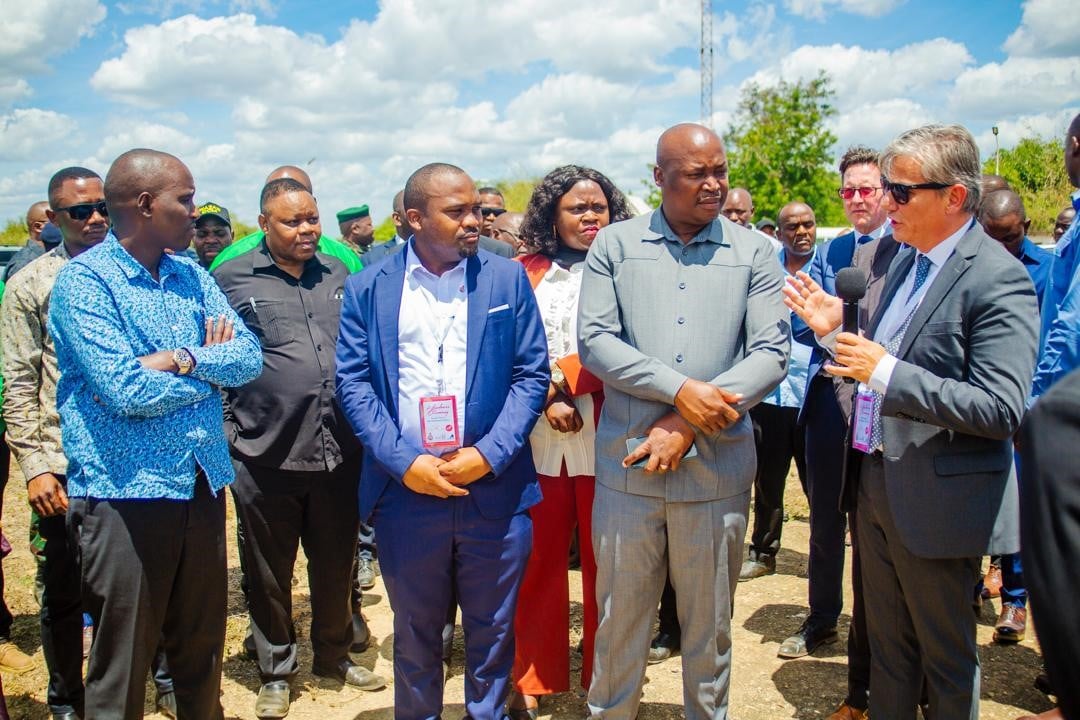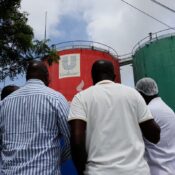
In the race for a Tanzanian gas license, an Omani company outperforms multinationals
In an effort to expedite the development of substantial resources in the sector, Tanzania has granted a license to a natural gas project for the first time in thirteen years. This move comes despite worries that the delayed approval process for new investments by the relevant authorities may be impeding development.
On September 10, the Ntorya gas field in southern Tanzania, which is thought to contain an estimated 1.6 trillion cubic feet of gas, was formally put into service by Oman-based ARA Petroleum LLC.
Under a $180 billion arrangement with the state-run Tanzania Petroleum Development Corporation, production is anticipated to begin within a year.
Due to the prolonged negotiations with numerous other investors for similar gas extraction projects, ARA became the first multinational gas investor to obtain a license since 2011 and the fourth overall.
Pan African Energy of Mauritius and France’s Maurel Et Prom in Songosongo and Mnazi Bay in Lindi and Mtwara, respectively, and Ndovu Resources Ltd in Songosongo island, off the Indian Ocean coastline, are other foreign investors who currently hold licenses to operate gas development projects in Tanzania.
Prior to selling half of its shares to ARA in 2020, Ndovu Resources Ltd was the first operator of the onshore Ntorya project under a previous deal with TPDC. It is an offshoot of Aminex Plc, a UK-based company that now has a 21.25 percent share in the project and is working with ARA as a silent partner.
For the 25-year term of the new license, ARA, the largest shareholder at 63.75 percent, will oversee day-to-day project operations, while TPDC, with a 15 percent participating interest, will operate as the government’s supervisor.
The updated Ntorya project agreement, according to TPDC representatives, is the result of President Samia Suluhu Hassan’s June 2022 visit to Muscat.
After the official license handover by Energy Minister Doto Biteko, who also serves as Deputy Prime Minister, TPDC Project Manager Patrick Kabwe told The EastAfrican that the immediate goal is to finish installing temporary pre-processing and production facilities “with the aim of starting production by mid-2025.”
The building of all production facilities and the drilling of at least five producing wells are included in the main project cost of $180 billion. However, TPDC will have to pay extra to set up a raw gas pipeline from the Ntorya site to a processing plant at Madimba, which is approximately 34 kilometers distant.
“The investors have committed to improving the one existing well which was drilled in 2012, when the project was under Ndovu Resources, and also expect to add another well by late 2025,” said Mr. Kabwe.
thorny problem
He noted that project earnings would be allocated in accordance with the terms of the royalties, profit-sharing, taxes, and levies agreement between ARA and the government, while TPDC would be reimbursed for its own costs by tariffs to be applied to pipeline use and processing at the Madimba plant.
Though TPDC was classifying this as “confidential” for the time being while it awaited a tendering procedure to identify the builders, he declined to reveal the anticipated pipeline cost.
Pressure to support similar projects has been applied to Tanzanian authorities, particularly from outside sources. One such project is the much-discussed liquified natural gas scheme in Lindi, which has been shelved for ten years, increasing its estimated cost from $30 billion to $42 billion.
When asked about this difficult subject, Mr. Kabwe replied that deadlocks of this kind were common in contract discussions pertaining to the oil and gas sector.
“The reality is that each licence application is treated separately and there are concrete reasons as to why some take longer than others to be granted,” he stated. “They could be technical reasons or failure to agree on project costs, revenue distributions and prevailing global prices, which is all normal in this industry and has happened in many parts of the world.”
“The relevant parties who have been negotiating with the government may have more to say on the subject,” he stated.
After coming online, the Ntorya project is expected to produce 60 million cubic feet of gas per day, with the possibility of reaching 140 million cubic feet in three years.
According to authorities, it might significantly impact Tanzania’s shift towards using renewable energy to power automobiles, homes, and businesses.
Tanzania now has 57.54 trillion cubic feet of natural gas in total, according to official estimates. This makes approximately 40% of the country’s total electrical supply; the remaining 20% is obtained from various sources including solar and hydro power.
All Categories
Recent Posts
Tags
+13162306000
zoneyetu@yahoo.com


